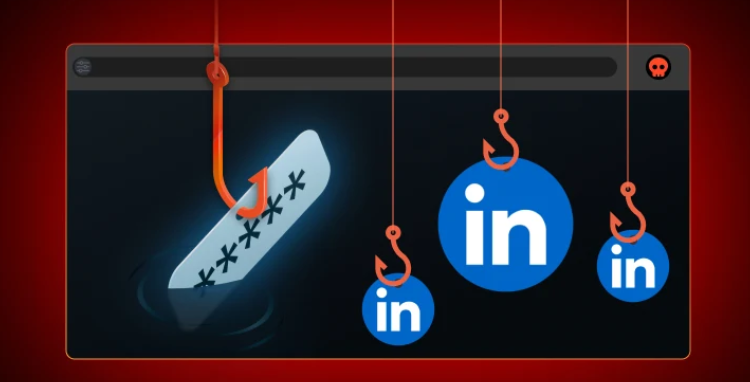Iranian Hackers Launch Spy Operation
Iranian Hackers Launch ‘SpearSpecter’ Spy Operation (APT42) Iran-linked APT42 is running “SpearSpecter,” a spear-phishing and social-engineering campaign against high-value defence and government officials, sometimes extending to family members. Lures include conference invites and meeting requests. The operation uses personalised pretexts and custom tooling (e.g., TAMECAT) to gather credentials and maintain access. The Israel National Digital […]






